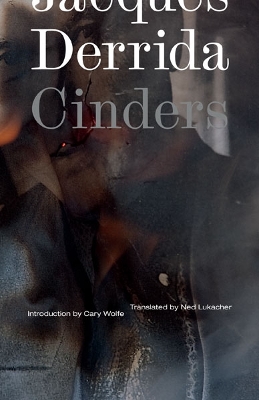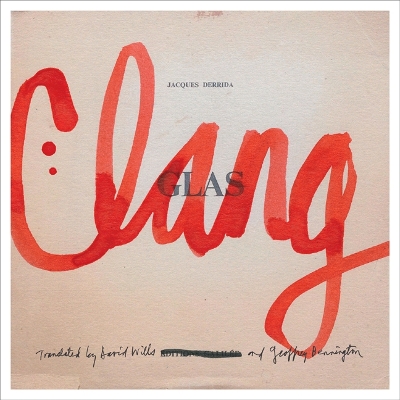Posthumanities
2 total works
“More than fifteen years ago,” Jacques Derrida writes in the prologue to this remarkable and uniquely revealing book, “a phrase came to me, as though in spite of me. . . . It imposed itself upon me with the authority, so discreet and simple it was, of a judgment: ‘cinders there are’ (il y a là cendre). . . . I had to explain myself to it, respond to it—or for it.”
In Cinders Derrida ranges across his work from the previous twenty years and discerns a recurrent cluster of arguments and images, all involving in one way or another ashes and cinders. For Derrida, cinders or ashes—at once fragile and resilient—are “the better paradigm for what I call the trace—something that erases itself totally, radically, while presenting itself.”
In a style that is both highly condensed and elliptical, Cinders offers probing reflections on the relation of language to truth, writing, the voice, and the complex connections between the living and the dead. It also contains some of his most essential elaborations of his thinking on the feminine and on the legacy of the Holocaust (both a word—from the Greek hólos, “whole,” and kaustós, “burnt”—and a historical event that invokes ashes) in contemporary poetry and philosophy. In turning from the texts of other philosophers to his own, Cinders enables readers to follow the trajectory from Derrida’s early work on the trace, the gramma, and the voice to his later writings on life, death, time, and the spectral.
Among the most accessible of this renowned philosopher’s many writings, Cinders is an evocative and haunting work of poetic self-analysis that deepens our understanding of Derrida’s critical and philosophical vision.
A new translation of Derrida’s groundbreaking juxtaposition of Hegel and Genet, forcing two incompatible discourses into dialogue with each other
Jacques Derrida’s famously challenging book Glas puts the practice of philosophy and the very acts of writing and reading to the test. Formatted with parallel texts, its left column discusses G. W. F. Hegel and its right column engages Jean Genet, with numerous notes and interpolations in the margins. The resulting work, published for the first time in French in 1974, is a collage that practices theoretical thinking as a form of grafting.
Presented here in an entirely new translation as Clang—its title resonating like the sound of an alarm or death knell—this book brilliantly juxtaposes Hegel’s totalizing, hierarchical system of thought with Genet’s autobiographical, carceral erotics. It innovatively forces two incompatible discourses into dialogue with each other: philosophical and literary, familial and perverse, logical and sensory.
In both content and structure, Clang heightens the significance of all encounters across ruptures of thought or experience and vibrates with the impact of discordant languages colliding.

